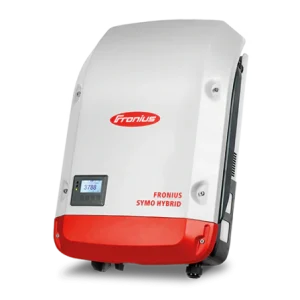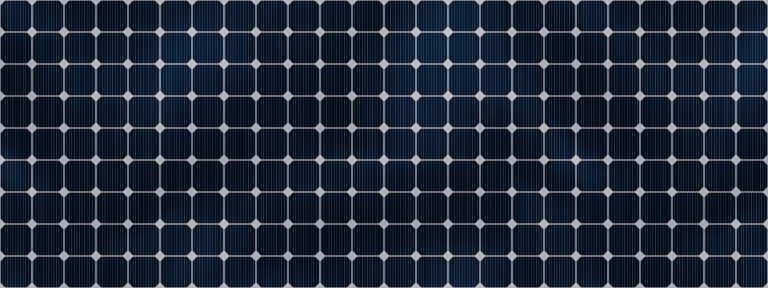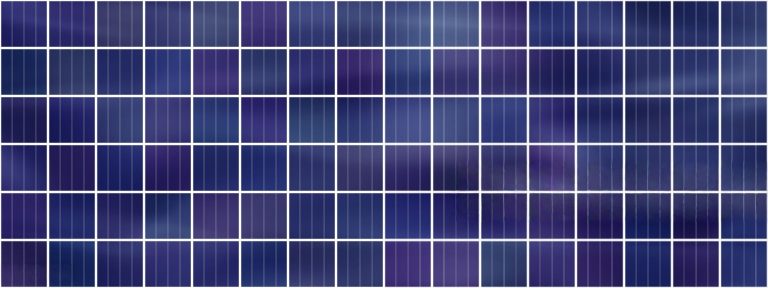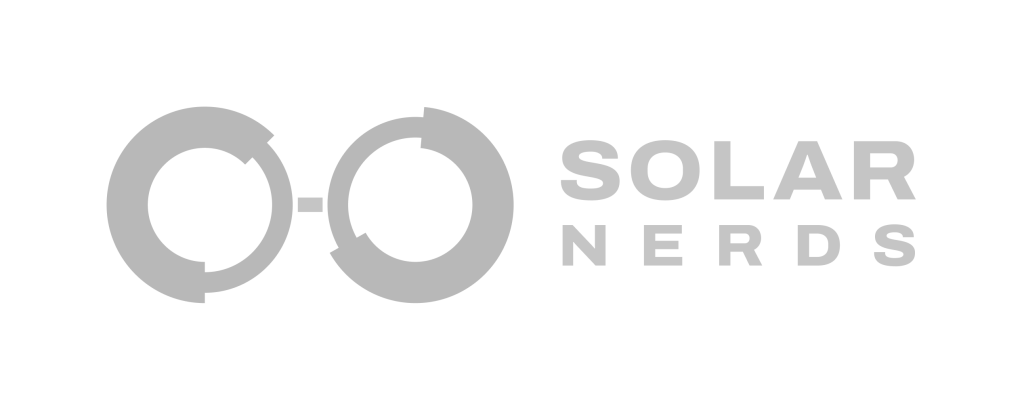Table of Contents
Basic Explanation of How Solar Systems Work
At their core, solar systems work by converting sunlight into electricity through a process known as the photovoltaic effect. Solar panels, made up of numerous solar cells, capture sunlight and transform it into direct current (DC) electricity. This DC electricity is then converted into alternating current (AC) electricity by an inverter, making it suitable for use in homes and businesses.
When sunlight hits the solar panels, photons from the sunlight excite electrons in the semiconductor material within the solar cells. This excitation causes electrons to flow, generating an electric current. The generated electricity can be used immediately to power appliances and lighting or fed back into the electrical grid.
Core Components of a Solar System
Understanding how solar systems work involves knowing the key components that make up the system:
Solar Panels
Solar panels are the most visible component of a solar system. They are typically installed on rooftops or open land where they can receive maximum sunlight. Each panel contains many solar cells made from semiconductor materials like silicon. The solar cells are responsible for converting sunlight into electricity.
Inverters
The inverter is a crucial component that converts the DC electricity produced by the solar panels into AC electricity, which is the standard used by household appliances and the electrical grid. Without an inverter, the electricity generated by the solar panels would not be compatible with most electrical systems.

Electrical Panels and Grid Connection
The AC electricity from the inverter flows into the home’s electrical panel, where it is distributed to power various devices and systems. If the solar system produces more electricity than is being used, the excess can be sent back to the electrical grid, often resulting in credits on your electricity bill through a process called net metering.
Technical Details of How Solar Systems Work
To delve deeper into how solar systems work, it’s important to understand the underlying technology and processes.
The Photovoltaic Effect Explained
The photovoltaic effect is the foundational principle behind solar energy conversion. It occurs when photons (light particles) strike a semiconductor material, such as silicon, causing electrons to be freed and creating an electric current.
In a solar cell, the semiconductor material is treated to create an electric field. This is achieved by adding impurities to the silicon, a process known as doping, which creates a positive (p-type) layer and a negative (n-type) layer. The interface between these layers forms a p-n junction. When sunlight hits the cell, electrons are knocked loose from the atoms in the semiconductor. The electric field at the p-n junction drives these free electrons in a specific direction, creating a flow of electric current.
Types of Solar Cells
There are mainly two types of solar cells used in panels:
Monocrystalline Silicon Cells
Made from a single crystal structure, monocrystalline cells are known for their high efficiency and sleek appearance. They are more efficient because the uniformity of the crystal lattice allows electrons to move more freely.
Polycrystalline Silicon Cells
These are made from multiple silicon crystals melted together. While slightly less efficient than monocrystalline cells, they are more cost-effective and have a distinctive blue hue.


Role of Inverters in Converting DC to AC
Solar panels produce DC electricity, but most homes and appliances operate on AC electricity. The inverter’s role is to convert the DC electricity into AC electricity. There are different types of inverters:
String Inverters
A single inverter that converts the DC electricity from all the solar panels wired together in series.
Microinverters
Small inverters installed on each solar panel, allowing for individual optimisation and better performance in shaded conditions.
Energy Storage Options
While not a mandatory component, energy storage systems like batteries can store excess electricity generated during the day for use at night or during periods of low sunlight. This can increase self-sufficiency and provide backup power during outages.
Conclusion
Understanding how solar systems work involves recognizing the conversion of sunlight into usable electricity through the photovoltaic effect, the role of key components like solar panels and inverters, and the factors that affect system efficiency. Solar energy offers a renewable, clean source of power that can reduce electricity bills and environmental impact. With abundant sunlight, adopting solar technology is both practical and beneficial for households and businesses seeking sustainable energy solutions.




